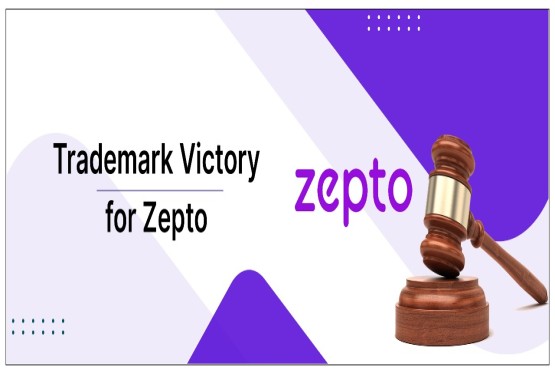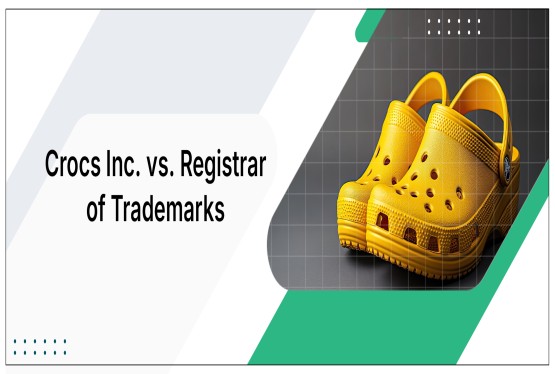Aligning MSME Certificate Categories with Trademark Classes for a 50% Subsidy on Trademark Applications.In India, Micro, Small, and Medium Enterprises (MSMEs) are key contributors to the economy, and the government provides several benefits to support their growth and innovation. One such benefit is a 50% subsidy on the government fee for filing trademark applications. However, to avail of this subsidy, there is a critical requirement: the MSME certificate category must align with the trademark category of goods and services.
This article explores the relationship between MSME certification and trademark classification, and how businesses can ensure they qualify for the subsidy when filing their trademark applications.
MSME Certification: A Brief Overview
The Ministry of Micro, Small, and Medium Enterprises provides certification to businesses that fall within the defined parameters of micro, small, and medium enterprises. These classifications are based on investment in plant and machinery or equipment, and turnover, as defined under the MSME Development Act, 2006.
The MSME certificate serves as proof of a business’s eligibility for a range of benefits, including subsidies, incentives, and easier access to loans. Among these benefits is the significant 50% subsidy for the filing fee when registering a trademark.
Trademark Categories of Goods and Services
When filing a trademark application, businesses must select the appropriate trademark class for their goods or services. Trademark classification is divided into 45 distinct classes under the Nice Classification system:
-
Classes 1 to 34: Goods (e.g., clothing, chemicals, electronics, etc.)
-
Classes 35 to 45: Services (e.g., advertising, legal services, IT services, etc.)
Each business must choose the correct class(es) based on the nature of the goods or services they offer. This ensures that the trademark protection is relevant to the specific area of operation for that business.
The Importance of Aligning MSME Categories with Trademark Classes
To qualify for the 50% subsidy on trademark filing fees, the MSME certificate category must match the corresponding trademark class in which the business is seeking protection. This alignment ensures that the MSME benefits are applied directly to the goods or services the enterprise is involved in, avoiding misuse of subsidies.
For example:
-
If a business manufactures textile products and has an MSME certificate under the manufacturing category, it should apply for a trademark under Class 24 (which covers textiles).
-
If a business offers consulting services and holds an MSME certificate under the services category, it should file its trademark application under the appropriate service class, such as Class 35 (business consulting) or Class 42 (IT consulting).
How to Ensure Alignment
1. Understand Your Business Operations: Clearly identify the specific goods or services your business offers. This will help you determine the correct trademark class and ensure that it corresponds with your MSME category.
2. Check MSME Certification Details: Verify that your MSME certificate accurately reflects the nature of your business operations. The certificate should specify whether your business is classified under manufacturing or services and should align with the type of goods or services for which you are filing the trademark.
3. Select the Correct Trademark Class: When filing your trademark application, select the class that aligns with the goods or services covered by your MSME certification. If you are unsure, consult a trademark professional to help you choose the correct class.
4. Seek Professional Guidance: The alignment process can be complex, especially if your business operates across multiple sectors or offers both goods and services. In such cases, consulting with a trademark attorney or IP professional is advisable. They can help ensure that your MSME certification and trademark class selection are in sync, maximizing your chances of availing the subsidy.
Benefits of Aligning MSME Certification with Trademark Classes
1. Cost Savings: The 50% subsidy on trademark filing fees can significantly reduce the financial burden of protecting your brand, especially for small and medium businesses. Proper alignment ensures that you qualify for this subsidy.
2. Legal Protection: Filing for trademark protection in the correct class ensures that your brand is legally protected in the specific area of your business, whether it involves goods or services. This prevents potential conflicts and trademark infringement issues in the future.
3. Access to Government Benefits: By maintaining accurate MSME certification and ensuring alignment with trademark filings, businesses can continue to benefit from various government schemes, including tax incentives, easier access to credit, and participation in government tenders.
Conclusion
For MSMEs in India, aligning the MSME certificate category with the appropriate trademark class of goods and services is essential to avail the 50% subsidy on trademark filing fees. Ensuring this alignment not only helps reduce the costs of trademark registration but also ensures legal protection of the brand in the relevant category. By taking the time to carefully review both the MSME certification and the trademark class, businesses can maximize their benefits and safeguard their intellectual property.
For businesses looking to register their trademarks, it is advisable to consult legal professionals to ensure proper alignment and take full advantage of the government’s MSME benefits. For more information, you can connect with us today at 9988424211 or email us at info@ccoffice.in.






























_(b)_of_the_Trademark_Act,_1999_(1)_crop10_thumb.jpg)



_crop10_thumb.jpg)




























_crop10_thumb.jpg)
_crop10_thumb.jpg)






_crop10_thumb.jpg)








_crop10_thumb.jpg)
_crop10_thumb.jpg)



_crop10_thumb.jpg)





























_crop10_thumb.jpg)

















_crop10_thumb.jpg)






_crop10_thumb.jpg)











































































































































_crop10_thumb.jpg)




































_crop10_thumb.jpg)












_crop10_thumb.jpg)






















